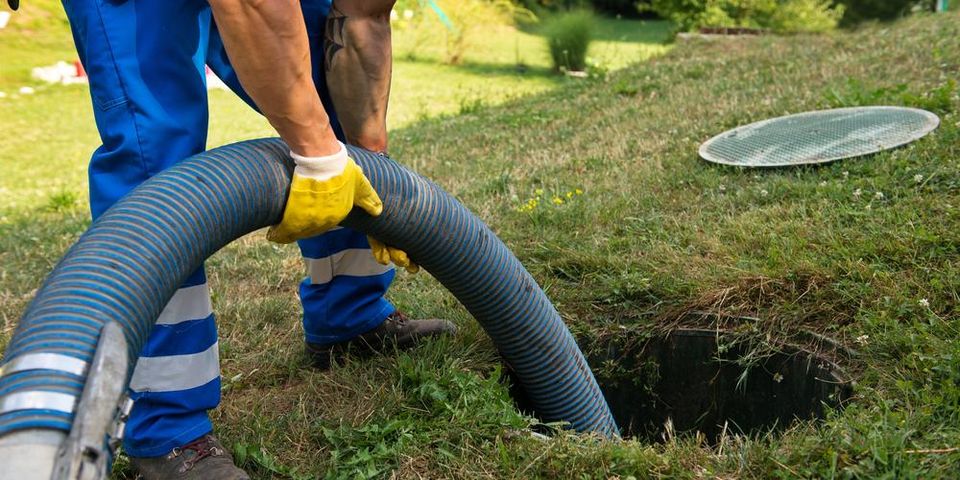A Guide to Leach Fields & Wastewater Treatment Systems

If your home or business depends on a septic tank, you know these wastewater treatment systems are comprised of several interrelated parts, all of which must function properly to ensure safe removal of sewage and wastewater. One of the least understood areas is the leach field. Here’s a closer look at what makes these fields so important.
What Does a Leach Field Do?
Also commonly referred to as drain fields, leach fields remove wastewater after it has been treated in the septic tank. A series of pipes remove the water and release it underground. The bacteria living in the surrounding soil then cleanse the water to remove any remaining waste. The water that then makes its way into the groundwater system is clean and safe for the environment.
 Leach fields are often installed in slightly sloped areas, so gravity will naturally draw the wastewater into the field. Pressure systems are typically used in flat fields to deliver wastewater at scheduled intervals each day.
Leach fields are often installed in slightly sloped areas, so gravity will naturally draw the wastewater into the field. Pressure systems are typically used in flat fields to deliver wastewater at scheduled intervals each day.
Caring for Your Leach Field
Leach fields generally don’t require much maintenance. Regular pumping of the septic tank will typically be necessary to avoid drainage clogs. However, you should take a few extra precautions to avoid damaging the drainage area. Don’t plant trees or shrubbery in the leach field since their roots can damage the wastewater treatment system. Also, avoid heavy traffic on the field, which could damage the pipes or negatively impact the soil composition. These measures will help you prevent wastewater from pooling in the leach field and sewage backups inside the building.
For expert septic system service, turn to First Quality Environmental on Oahu. Serving the islands since 1991, their sub-specialty licenses ensure you’ll get quality results, whether you need septic inspections or excavation for new wastewater treatment systems. To learn more about their environmentally friendly services, visit them online or call (808) 259-0100.
About the Business
Have a question? Ask the experts!
Send your question

